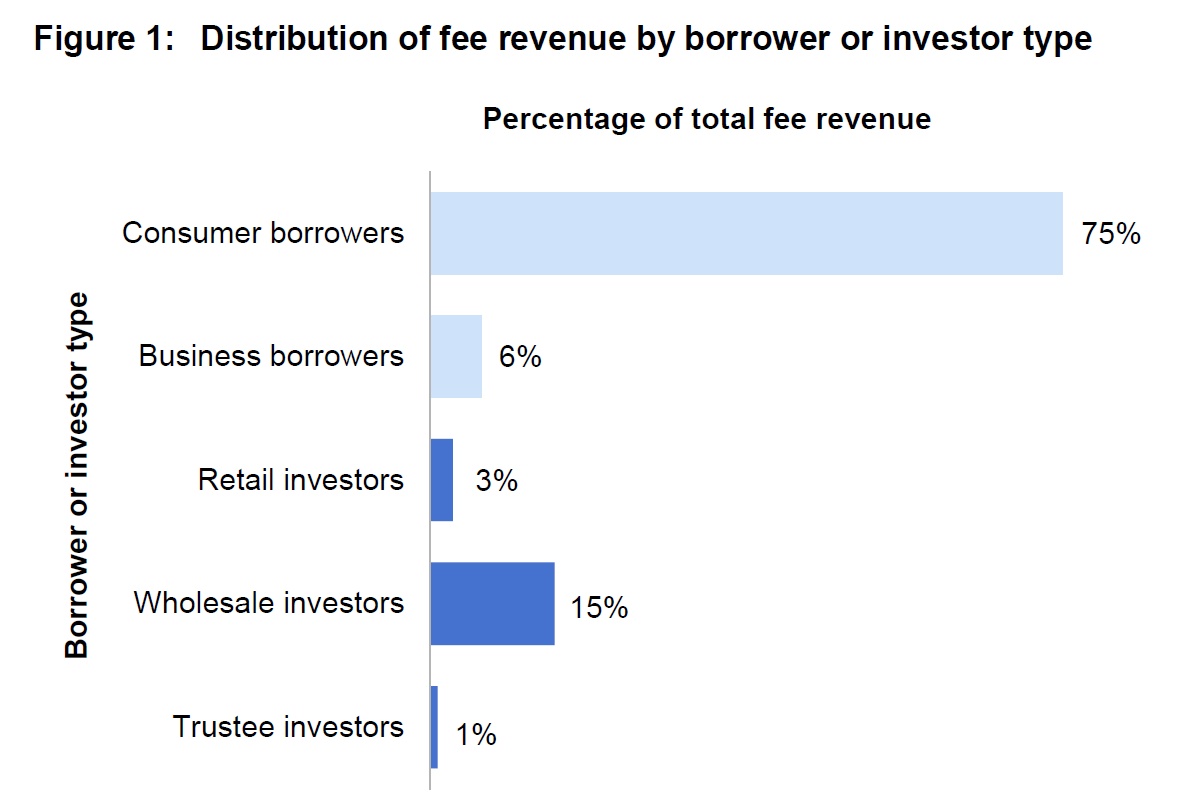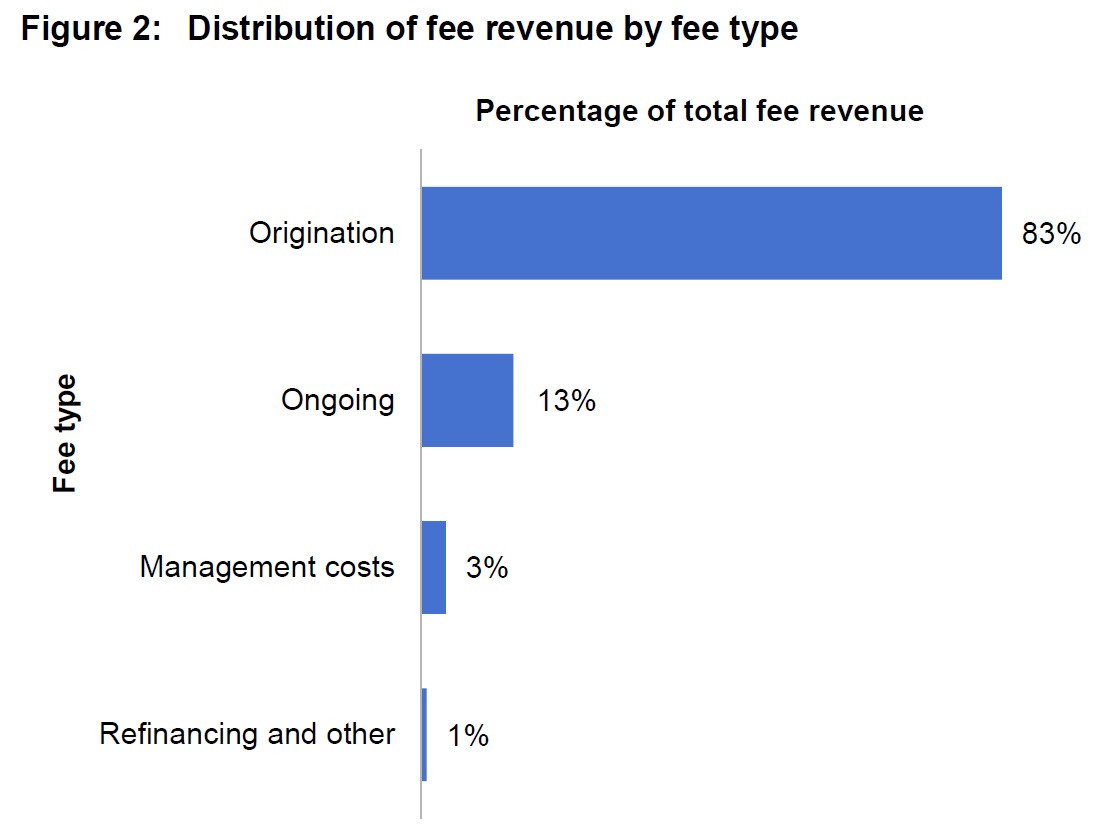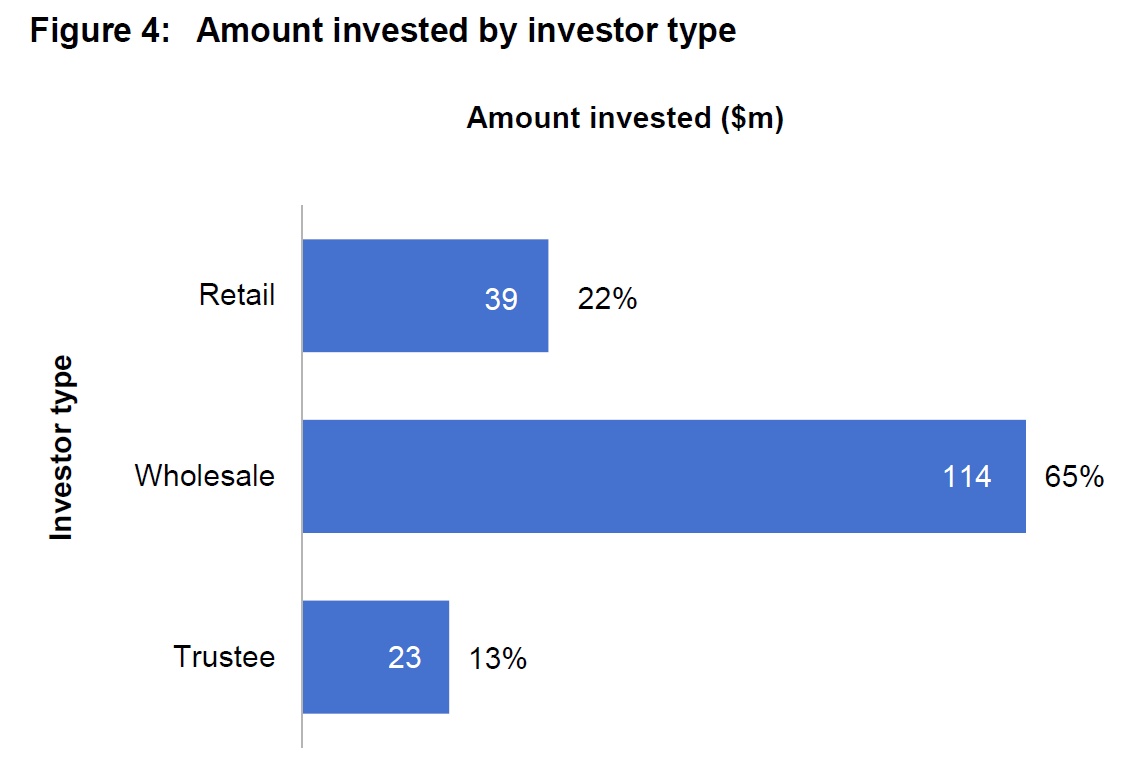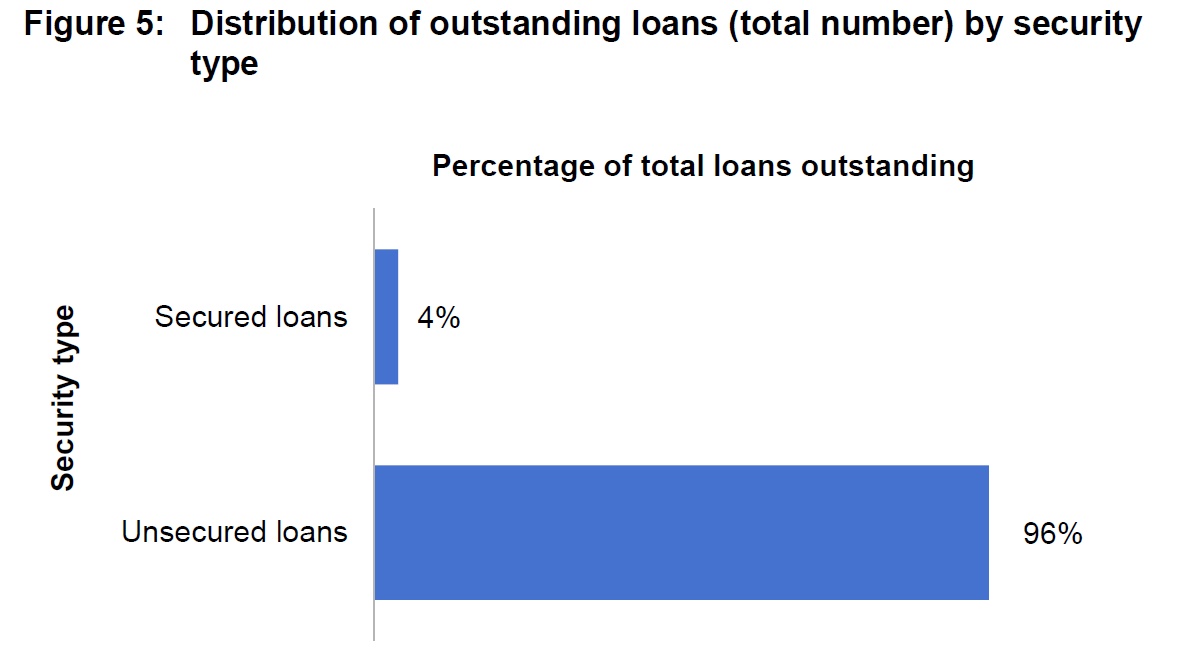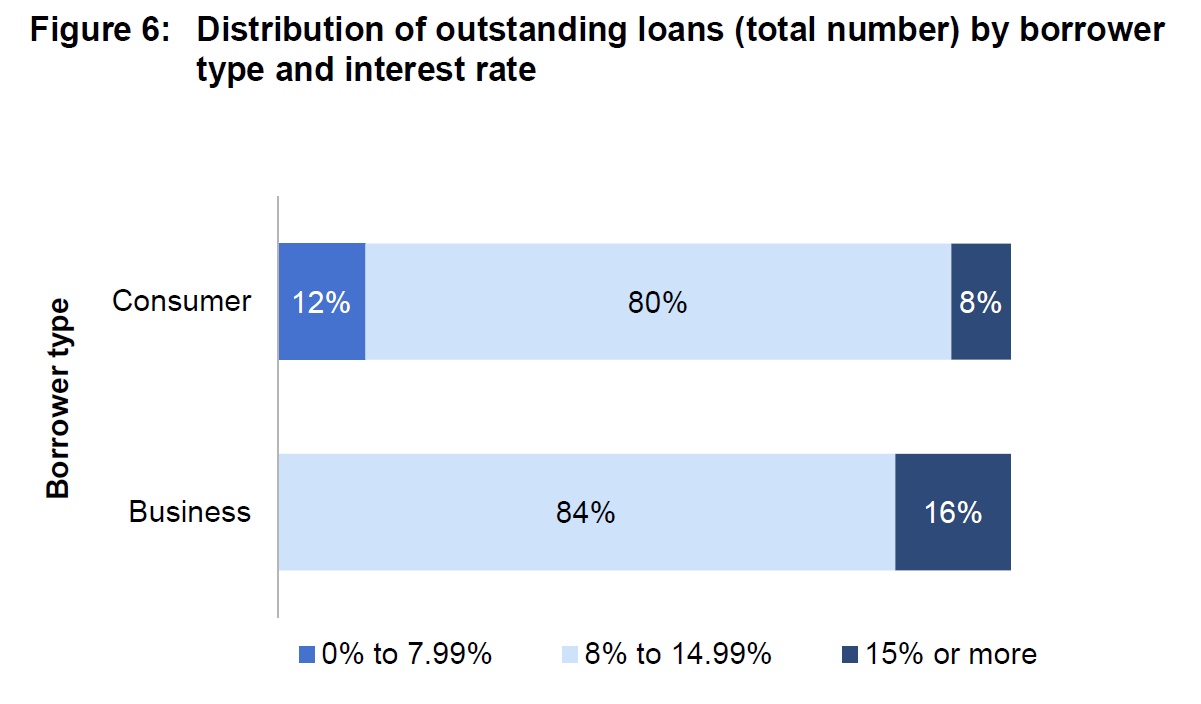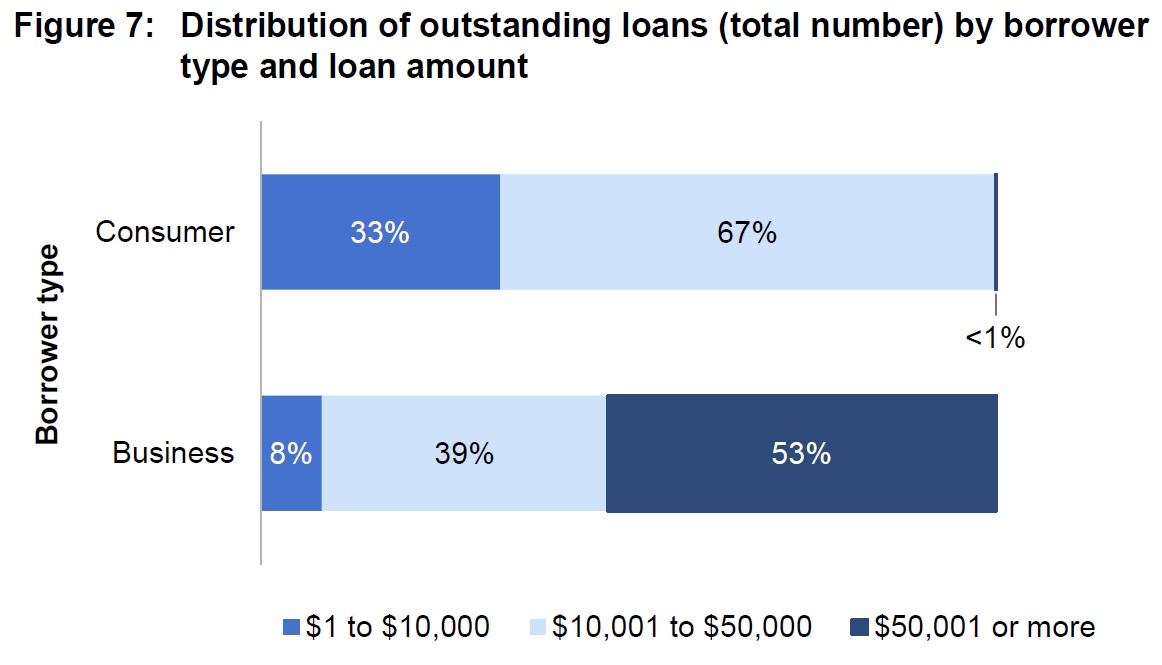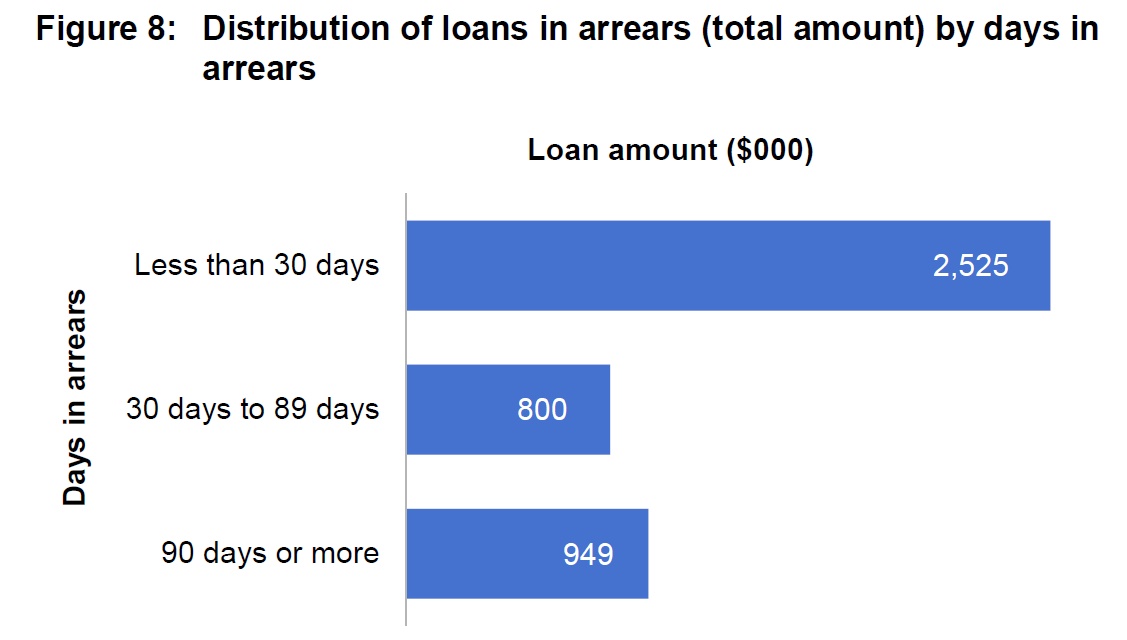#1 Prosper Marketplace
 Prosper Marketplace is The Lending Mag’s first choice among U.S. peer-to-peer lending companies for borrowers. This popular p2p lending platform made history in the United States when they became the first peer-to-peer lending site in the country in 2006. Since that time, Prosper has experienced tremendous growth and success, having recently surpassed $3 billion in loans. Recently, they were named by Forbes as one of the most promising companies in America.
Prosper Marketplace is The Lending Mag’s first choice among U.S. peer-to-peer lending companies for borrowers. This popular p2p lending platform made history in the United States when they became the first peer-to-peer lending site in the country in 2006. Since that time, Prosper has experienced tremendous growth and success, having recently surpassed $3 billion in loans. Recently, they were named by Forbes as one of the most promising companies in America.
Prosper places as number #1 on our list of p2p lenders because of the accessibility and attention to customers that they provide. Out of all the p2p lenders we have had interactions with, Prosper representatives were the most accommodating and reachable. You don’t feel like you are dealing with a cold, unreachable entity. You can sense the humanity behind the big name and they are there to help you. Here are more details about Prosper’s peer-to-peer lending site:
- Maximum Loan Amount Available: $35,000
- Minimum Loan Amount Available: $2,000
- Average Time to Receive Funds (in days): 4 to 10 days
- APR: 6.73% to 35.97%
- Interest Rate: 6.05% to 31.90%
- Term of Loan (years): 3 or 5
- Minimum Credit Score Required: 640
- Maximum Debt-to-Income Ratio: 30%
- Loan Type (Secured or Unsecured): Unsecured loan
- Application Affect On Your Credit: None
- States Eligible To Borrow From p2p Lending Sites In Question: 47 + DC
- Origination Fee: 1% to 5%
- Late Fee: Greater of $15 or 5%
- Unsuccessful Payment Fee: None
- Check Processing: $15
- Application Fee Charge: None
- Prepayment Penalty Cost: None
- Best Method of Contacting Their Support: Phone
#2 Lending Club
 Lending Club is an absolute giant in the US peer-to-peer lending space. You really can’t talk about U.S. peer-to-peer lending without mentioning them. Their peer loans platform was founded shortly after Prosper in 2007, they’ve actually surpassed Prosper in the amount of loans funded. Many p2p loan investors feel that Lending Club’s website has the best user interface and it definitely has the largest and most impressive 3rd-party investor ecosystem.
Lending Club is an absolute giant in the US peer-to-peer lending space. You really can’t talk about U.S. peer-to-peer lending without mentioning them. Their peer loans platform was founded shortly after Prosper in 2007, they’ve actually surpassed Prosper in the amount of loans funded. Many p2p loan investors feel that Lending Club’s website has the best user interface and it definitely has the largest and most impressive 3rd-party investor ecosystem.
In December of 2014 Lending Club had a wildly successful IPO on the NYSE, becoming the first publicly traded online peer-to-peer lender in US history. If this p2p lending site review was focused on investing, Lending Club would probably have been ranked #1. But getting approved to borrow through Lending Club can be a bit more difficult than with Prosper, knocking them to number #2 on our list from a borrower’s perspective. Here are more details about Lending Club’s peer-to-peer lending site:
- Maximum Loan Amount Available: $35,000 ($300,000 for business loans)
- Minimum Loan Amount Available: $1,000 ($15,000 for business loans)
- Average Time to Receive Funds (in days): 4 to 10 days
- APR: 5.99% to 32.99%
- Interest Rate: 5.9% to 25.9%
- Term of Loan (years): 1, 3 or 5
- Minimum Credit Score Required: 660
- Maximum Debt-to-Income Ratio: 35%
- Loan Type (Secured or Unsecured): Unsecured loan
- Application Affect On Your Credit: None
- States Eligible To Borrow From p2p Lending Sites In Question:
- Origination Fee: 0.99% to 5.99%
- Late Fee: Greater of $15 or 5%
- Unsuccessful Payment Fee: $15
- Check Processing: $15
- Application Fee Charge: None
- Prepayment Penalty Cost: None
- Best Method of Contacting Their Support: Phone
#3 Upstart
If you’ve recently graduated from college, you probably don’t need us to tell you how hard it is to convince a bank to give you a loan. Young people fresh out of college don’t usually have the type of income needed, enough credit history or a high enough credit score to get a reasonable loan rate, if you can get a loan at all.
This is where Upstart steps in. This innovative lending site began facilitating p2p loans in April 2014. They aim to help those who are under-served by traditional loan companies but are filled with potential. Instead of only judging creditworthiness from your credit score, employment history and income, Upstart looks at a wide range of nontraditional factors in order to determine whether you should get a shot at getting your loan funded. These other factors include which college you graduated from, your grade point average and it’s possible that they even take your SAT scores into account.
Upstart prides itself on looking past the cold numbers and saying yes to your requests when other lenders say no. Most of Upstart’s borrowers use the funds as debt consolidation loans in order to pay off high-interest credit cards, but you can use the funds as you please.
This fast-growing p2p lending site is becoming popular among Millennials especially because they are often in a situation where they don’t have a long track record of credit history and are often offered very high loan rates because of it. Taking a bad loan at an early age can easily set your financial life on the wrong road and Upstart realizes that such poor options are not necessary or fair.
Company officials have expressed that the company’s loan products are meant to serve a young and potential-laden population that is very likely to build a solid credit profile in the future, but just hasn’t had the opportunity to do so yet. By using their sophisticated algorithm to decipher key data, the peer-to-peer lending site is able approve the extension of consumer credit at affordable rates to young borrowers who are well-positioned to handle the loans responsibly.
Here are more details about Upstart’s peer-to-peer lending site:
- Maximum Loan Amount Available: $35,000
- Minimum Loan Amount Available: $3,000
- Average Time to Receive Funds (in days): 2 to 16
- APR: 5.67% to 29.99%
- Interest Rate: 5% to 25.26%
- Term of Loan (years): 3
- Minimum Credit Score Required: 640
- Maximum Debt-to-Income Ratio: 40% to 50%
- Loan Type (Secured or Unsecured): Unsecured loan
- Application Affect On Your Credit: None
- States Eligible To Borrow From p2p Lending Sites In Question: 50
- Origination Fee: 1% to 6%
- Late Fee: Greater of $15 or 5%
- Unsuccessful Payment Fee: $15
- Check Processing: $15
- Application Fee Charge: None
- Prepayment Penalty Cost: None
- Best Method of Contacting Their Support: Phone
#4 Funding Circle
 Funding Circle is one of the world’s biggest peer-to-peer lending sites that actually focuses primarily on small business loans. They have a US counterpart to their peer to peer lending UK branch. They’ve facilitated more than $1 billion in loans to more than 8,000 businesses in the US and UK combined. Today, 40,000 retail investors (normal people), major banks, financial institutions and even the UK Government are lending to small businesses through the Funding Circle marketplace.
Funding Circle is one of the world’s biggest peer-to-peer lending sites that actually focuses primarily on small business loans. They have a US counterpart to their peer to peer lending UK branch. They’ve facilitated more than $1 billion in loans to more than 8,000 businesses in the US and UK combined. Today, 40,000 retail investors (normal people), major banks, financial institutions and even the UK Government are lending to small businesses through the Funding Circle marketplace.
Funding Circle is intensely focused on helping small businesses get loans through their p2p lending site because they have roots in small business. Their U.S. co-founders started the peer-to-peer lending site because they were small business owners themselves, they were getting rejected for small business funding at every turn and after getting rejected for small business loans nearly 100 times, they realized something was very wrong with the traditional bank lending system, it was internally flawed. They saw first hand that even when you have a growing and successful business venture that’s doing well, it’s still far too difficult to get a business loan. From that point forward, they were more determined than ever to build a more sensible small business loan solution for American business owners.
Here are more details about Funding Circle’s peer-to-peer lending site:
- Maximum Loan Amount Available: $500,000 for business loans
- Minimum Loan Amount Available: $25,000 for business loans
- Average Time to Receive Funds (in days): 5 to 14
- APR:
- Interest Rate: 5.99% to 20.99%
- Term of Loan (years): 1 to 5
- Minimum Credit Score Required: 620
- Maximum Debt-to-Income Ratio: Not Disclosed
- Loan Type (Secured or Unsecured): Secured loan
- Application Affect On Your Credit: Hard pull on your credit
- States Eligible To Borrow From p2p Lending Sites In Question: 47 + DC
- Origination Fee: 2.99%
- Late Fee: 10%
- Unsuccessful Payment Fee: $35
- Check Processing: $0
- Application Fee Charge: None
- Prepayment Penalty Cost: None
- Best Method of Contacting Their Support: Phone
#5 Peerform
 Peerform was started by Wall Street executives with extensive backgrounds in Finance and Technology in 2010, the peer-to-peer lending site’s creators saw an opportunity to make funding available to borrowers when they noticed that banks seemed unwilling to lend to people and small businesses in need.
Peerform was started by Wall Street executives with extensive backgrounds in Finance and Technology in 2010, the peer-to-peer lending site’s creators saw an opportunity to make funding available to borrowers when they noticed that banks seemed unwilling to lend to people and small businesses in need.
Peerform has built a good track record of giving borrowers an opportunity that the banking system had denied them and a very positive experience when seeking unsecured personal loans through an online lending process that is transparent, fast and easy to understand.
To apply for an online peer-to-peer loan from Peerform, you fill out the application on their site and they will make a soft pull on your credit to see if you meet the minimum requirements for a loan. They are one of the few major peer-to-peer lending sites that accepts borrowers with FICO scores as low as 600. Those who qualify for a loan have their loan request posted on the website and it stays active for 14 days while peer-to-peer investors decide if the loan is an attractive investment or not. If your loan is fully funded within the 2 week time period, you’ll be contacted by Peerform to approve and accept the loan. If your loan is not fully funded in the 2 week time period but has raised at least $1,000, you may choose to accept or reject the lesser amount. It is completely your call, you are not obligated to accept the loan. If you do choose to accept the loan, it will be deposited to your bank account within a few business days.
When we tested their customer service and contacted Peerform, we had positive experiences both via email and on the phone. After sending an email we received a written response within 24 hours, and most of our questions were answered to satisfaction. When talking to them by phone, we noted that the company rep was very knowledgeable about the loan process and able to give helpful answers. Their site also provides all of the most important information you’d need to know about their peer-to-peer loan process, including APRs, interest rates, potential loan amounts and fees, etc. You can also contact a customer rep using the live chat option they have on the website. Here are more details about Peerform’s peer-to-peer lending site:
- Maximum Loan Amount Available: $25,000
- Minimum Loan Amount Available: $1,000
- Average Time to Receive Funds (in days): 2 to 16
- APR: 7.12% to 28.09%
- Interest Rate: 6.4% to 25%
- Term of Loan (years): 3
- Minimum Credit Score Required: 600
- Maximum Debt-to-Income Ratio: Varies
- Loan Type (Secured or Unsecured): Unsecured loan
- Application Affect On Your Credit: None
- States Eligible To Borrow From p2p Lending Sites In Question: 23
- Origination Fee: 1% to 5%
- Late Fee: Greater of $15 or 5%
- Unsuccessful Payment Fee: $15
- Check Processing: $15
- Application Fee Charge: None
- Prepayment Penalty Cost: None
- Best Method of Contacting Their Support: Phone
#6 Sofi
 Sofi is a highly respected marketplace lending website, with nearly $3 billion in peer loans issued to this date.
Sofi is a highly respected marketplace lending website, with nearly $3 billion in peer loans issued to this date.
They made it onto this peer-to-peer lending sites review because they do a good job at assisting early stage professionals accelerate their success with student loan refinancing, mortgage refinancing, mortgages and unsecured personal loans.
Their nontraditional loan underwriting approach takes into account merit and employment history among other determining factors, in effect, allowing their peer-to-peer lending site to offer loans that often are hard to find elsewhere.
Here are more details about Sofi’s peer-to-peer lending site:
- Maximum Loan Amount Available: $100,000
- Minimum Loan Amount Available: $5,000
- Average Time to Receive Funds (in days): 3
- APR: 5.5% to 8.99%
- Interest Rate:
- Term of Loan (years): 3, 5 or 7
- Minimum Credit Score Required: Varies
- Maximum Debt-to-Income Ratio: Varies
- Loan Type (Secured or Unsecured): Secured loan
- Application Affect On Your Credit: None
- States Eligible To Borrow From p2p Lending Sites In Question:
- Origination Fee: None
- Late Fee: Lesser of 4% or $5
- Unsuccessful Payment Fee: $15
- Check Processing: $15
- Application Fee Charge: None
- Prepayment Penalty Cost: None
- Best Method of Contacting Their Support: Phone


